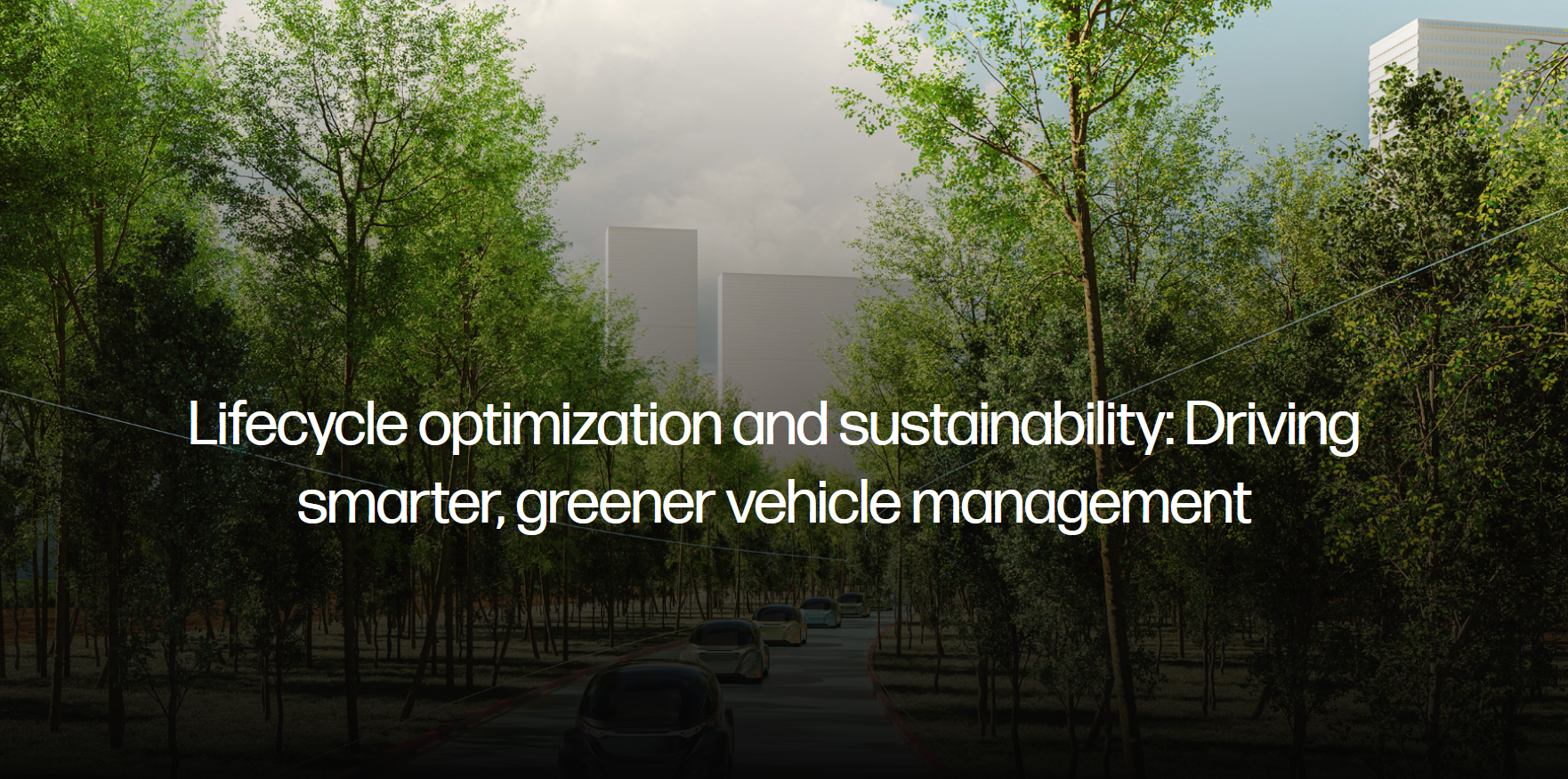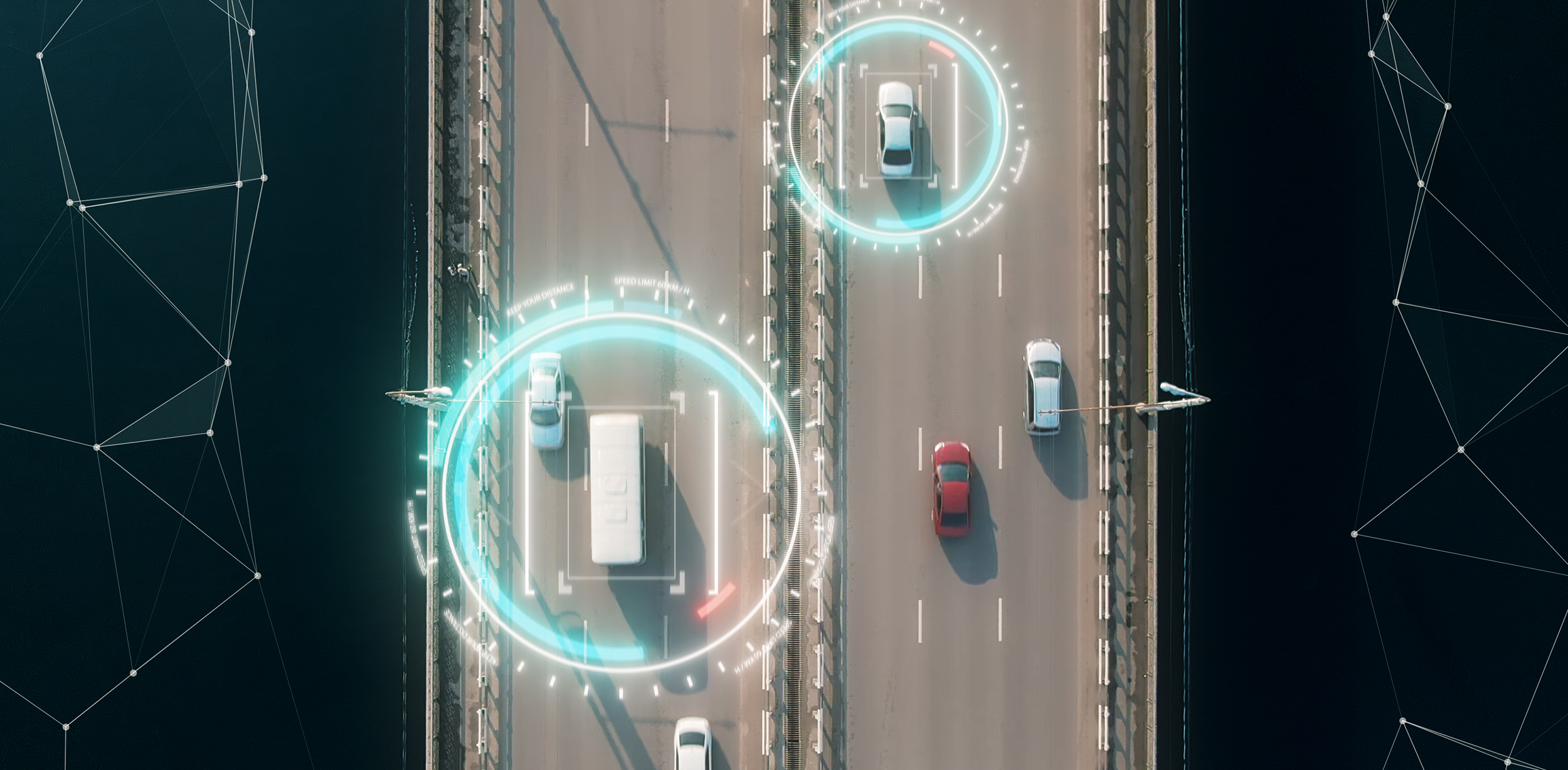

By Felipe Cruz, Global Solutions Leader, MSX

By Felipe Cruz, Global Solutions Leader, MSX
In today’s mobility landscape, where vehicles are more connected, electrified, and expensive than ever, the traditional “use and replace” model is no longer sustainable. The real opportunity lies not in building more vehicles, but in using the ones we already have more intelligently. Lifecycle optimization is emerging as a strategic imperative for businesses seeking to balance profitability with environmental responsibility.
Complexity, cost, and carbon
Fleet operators, OEMs, and mobility providers face mounting pressure on multiple fronts. Electrification is reshaping vehicle design and maintenance. Residual value volatility is complicating asset planning. And sustainability targets are tightening under regulatory and consumer scrutiny.
Yet many organizations still rely on outdated lifecycle strategies; reactive maintenance, arbitrary disposal timelines, and fragmented data systems. This not only drives up total cost of ownership (TCO), but also leads to premature scrapping, unnecessary part replacements, and missed opportunities for reuse and resale.
Complexity, cost, and carbon
Fleet operators, OEMs, and mobility providers face mounting pressure on multiple fronts. Electrification is reshaping vehicle design and maintenance. Residual value volatility is complicating asset planning. And sustainability targets are tightening under regulatory and consumer scrutiny.
Yet many organizations still rely on outdated lifecycle strategies; reactive maintenance, arbitrary disposal timelines, and fragmented data systems. This not only drives up total cost of ownership (TCO), but also leads to premature scrapping, unnecessary part replacements, and missed opportunities for reuse and resale.
Lifecycle intelligence in action
To thrive in this new era, mobility players need a smarter approach, one that integrates real-time data, predictive analytics, and sustainability metrics across the entire vehicle lifecycle.
At MSX, we help businesses unlock more from every vehicle. Our Integrated Vehicle Health Management (IVHM) solution combines predictive analytics, component-level tracking, and deep automotive expertise to deliver smarter, more sustainable lifecycle strategies.
From reducing emergency repairs to enabling second-life programs, IVHM empowers you to move from reactive decisions to strategic ones, maximizing value while minimizing environmental impact.
We combine deep automotive expertise with cutting-edge technology to help clients unlock more from every vehicle. In addition to our IVHM solution, our lifecycle optimization framework also includes:
This approach transforms lifecycle management from a cost center into a growth driver delivering higher uptime, lower TCO, and stronger environmental performance.
Lifecycle intelligence in action
To thrive in this new era, mobility players need a smarter approach, one that integrates real-time data, predictive analytics, and sustainability metrics across the entire vehicle lifecycle.
At MSX, we help businesses unlock more from every vehicle. Our Integrated Vehicle Health Management (IVHM) solution combines predictive analytics, component-level tracking, and deep automotive expertise to deliver smarter, more sustainable lifecycle strategies.
From reducing emergency repairs to enabling second-life programs, IVHM empowers you to move from reactive decisions to strategic ones, maximizing value while minimizing environmental impact.
We combine deep automotive expertise with cutting-edge technology to help clients unlock more from every vehicle. In addition to our IVHM solution, our lifecycle optimization framework also includes:
This approach transforms lifecycle management from a cost center into a growth driver delivering higher uptime, lower TCO, and stronger environmental performance.

Profitability meets purpose
Lifecycle optimization delivers measurable impact across multiple business areas; operationally, financially, and environmentally. It’s not just a technical upgrade. It’s a strategic capability that drives real results.

Operational
Boosts uptime, enables smarter scheduling, and reduces emergency repairs.

Financial
Lowers total cost of ownership, improves asset return, and reduces capital expenditure.

Environmental
Cuts emissions, minimizes waste, and extends the useful life of every vehicle.
By retiring vehicles at the right moment, we ensure residual value remains strong, and we pave the way for a reliable second life.
Profitability meets purpose
Lifecycle optimization delivers measurable impact across multiple business areas; operationally, financially, and environmentally. It’s not just a technical upgrade. It’s a strategic capability that drives real results.

Operational
Boosts uptime, enables smarter scheduling, and reduces emergency repairs.

Financial
Lowers total cost of ownership, improves asset return, and reduces capital expenditure.

Environmental
Cuts emissions, minimizes waste, and extends the useful life of every vehicle.
By retiring vehicles at the right moment, we ensure residual value remains strong, and we pave the way for a reliable second life.
The circular future starts now
The shift from “use and replace” to “use, preserve, and pass on” is a business model for the future. As the global transition to sustainable mobility accelerates, those who embrace data-led lifecycle strategies will lead, not follow.
Discover more about how MSX can transform your fleet or OEM program at msxi.com.
The circular future starts now
The shift from “use and replace” to “use, preserve, and pass on” is a business model for the future. As the global transition to sustainable mobility accelerates, those who embrace data-led lifecycle strategies will lead, not follow.
Discover more about how MSX can transform your fleet or OEM program at msxi.com.

